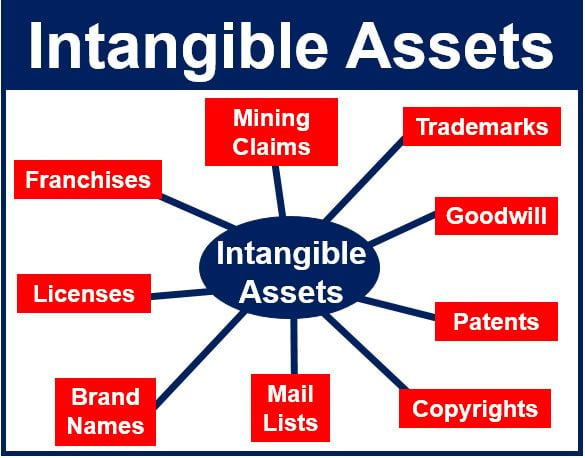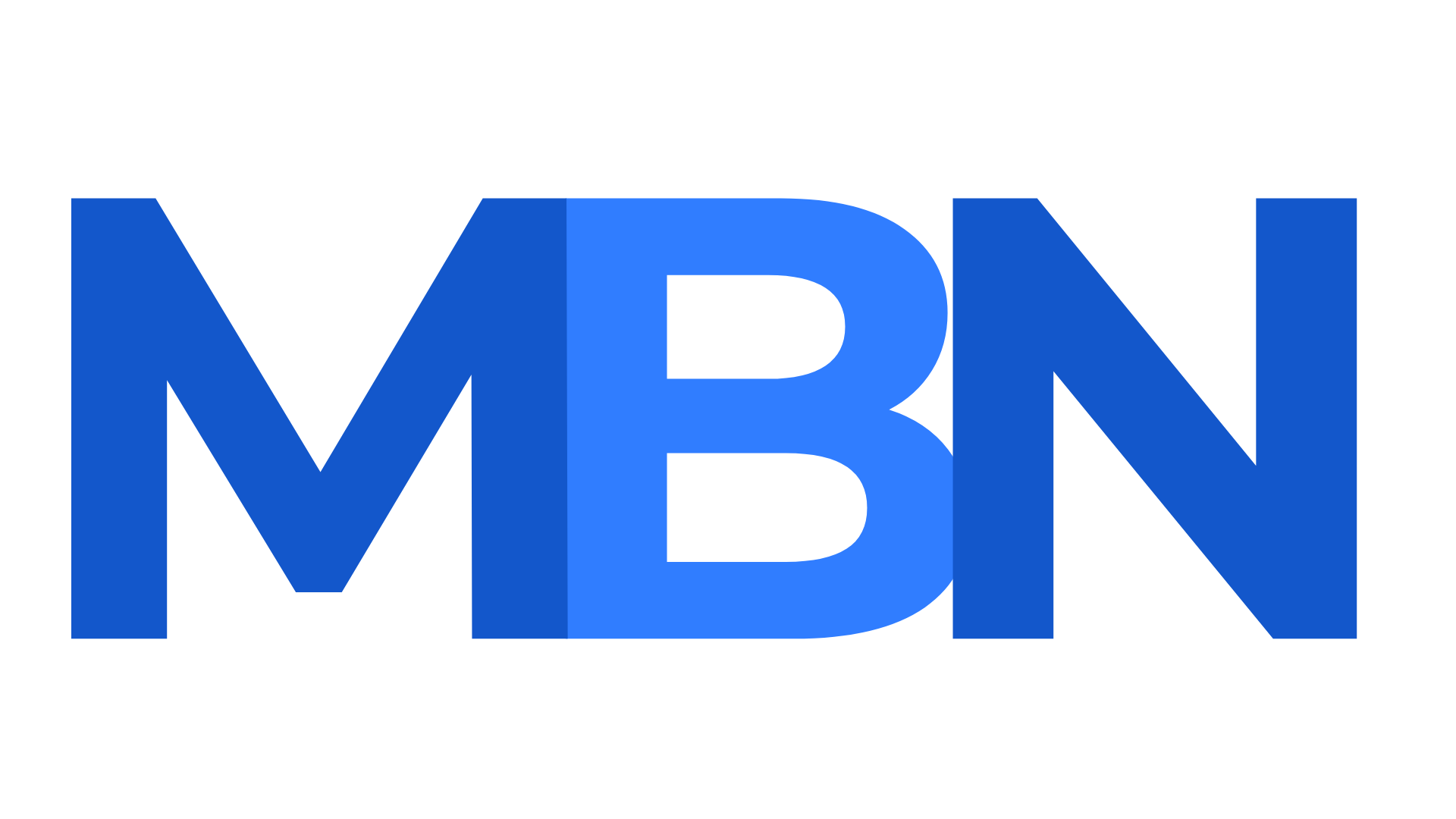Intangible Assets are assets that have no physical form, i.e., you cannot touch them. Hence, they are very difficult to evaluate. However, businesses consider them as valuable resources.
If something is “tangible,” it means that you can touch it. You can touch, for example, a car, table, or person. If something is “intangible,” it means that you cannot touch it. You can’t touch an idea, reputation, or feeling of happiness.
Intangible assets contrast with tangible assets, which are assets that we can touch; they have physical form. There are two types: fixed assets (land, machinery, equipment, buildings, and vehicles) and current assets (cash, stocks).
Examples
Examples of intangible assets include franchises, mining claims, licenses, brands, and copyrights. Goodwill, trademarks, mail lists, and patents are also examples. Other people cannot usually use them unless they pay for the rights.
Intangible assets are extremely hard to value accurately because there is usually nothing equivalent to compare them to. Their true value may differ considerably from the amount on the balance sheet.
Knowledge capital, i.e., ideas, methods, and other intuitive talents that a business owns, are also things we cannot touch.
The British Government (HM Revenue & Customs) defines intangible assets as: “Non-financial fixed assets that do not have physical substance but are identifiable and are controlled by the entity through custody or legal rights.”

Trademarks and trade names that the workforce developed internally may not appear on the balance sheet. However, they may be worth more than any other asset the company has.
Trademarks are words, phrases, signs, symbols or designs. They distinguish and identify the source of the goods or services of one party from those of others.
Don’t ignore intangible assets
Despite having no intrinsic value, we should not ignore intangible assets. Above all, we mustn’t ignore them when working out net debt to group shareholders’ funds. We must not ignore them because they are worth something to a business.
Beware of intangibles that exceed or make up most of a company’s overall assets, say some expert investors.
Although intangibles are generally long-term assets, some of them such as trademarks and patents are categorized as ‘fixed intangible assets’ (and not just ‘fixed assets’).
Definite and indefinite intangible assets
There are two types of intangibles: indefinite and definite.
Indefinite intangible asset
A business’ brand, if it originated within the company, carries on as long as the company continues operating.
Definite intangible asset
If a business paid to use a brand name that belongs to another company and has no plans to extend the agreement, that asset will not be part of the company forever.
Goodwill is a vital component for increasing a commercial enterprise’s customer base – it also attracts investors.
Some companies’ brand names are worth billions of dollars.
Video explanation
